
Boost Your Emotional Intelligence – Stone River eLearning
Description
We have all had experiences with people that prove that those with the highest IQs are not always the most successful. For example, you may have encountered the technology wizard who’s never been promoted because he isn’t a team player. Or the tenured professor who has no idea why her grown children avoid her. Or the award-winning designer whose temper has caused him lost clients and financial ruin. These are all exceptionally bright individuals with recognized talent in their fields. And yet each has failed to reach his or her own career, personal, or financial goals.
Hide Full Description
What are these very intelligent people missing?
Chances are, what’s missing is emotional intelligence—the ability to perceive, understand, and manage emotions in ourselves and others. Sounds very powerful, doesn’t it? Can we really manage our own emotions, as opposed to having our emotions run the show? Could we really effect change in the emotions of our coworkers or family members?
The answer to all these questions is a resounding “yes.” Emotional intelligence (or EQ) is a measurement bolstered by a powerful set of skills we can use to improve our quality of life and better meet our goals. As Professor Jason M. Satterfield of the University of California, San Francisco, explains in the 24 informative half-hour lectures of Boosting Your Emotional Intelligence, EQ is an invaluable ability that can be learned, practiced, and used with positive results.
Although emotions have been discussed and debated for millennia, emotional intelligence as a field of inquiry is relatively new, with the term itself first appearing in psychology literature less than thirty-five years ago. In this engaging course, Dr. Satterfield explores:
Historic philosophical and scientific understandings of emotion
The current definition of emotions and the purposes they serve in our lives
Whether or not any given emotion is inherently “good” or “bad”
The cultural context of emotions
The major models of emotional intelligence, their strengths and potential weaknesses, and which parts of each model we might best use to understand our own emotions
The most common ways EQ is measured and the reliability and validity of each methodology
The relationship between emotional intelligence and social intelligence
The newest technological tools intended to increase EQ.
The Impacts of Your Emotions
Whether or not you understand your emotions and their resultant behaviors, they leave their impacts like footprints all over the situations and people with whom you interact throughout your life. If your emotions are constantly running wild and you are hypersensitive to every personal interaction, coworkers might try to avoid your predictable high-energy chaos. If your emotions are shut down tight and rarely see the light of day, friends and partners might eventually stop trying to connect with you on the most personal and intimate levels. You might not be aware of what’s happening in those relationships and what’s causing people to back away from you—but you are impacted by their behavioral choices nevertheless.
In addition, your emotions impact your own cognition, decision-making, and physical body every day. Have you ever been nervous before an academic test or performance review and felt “butterflies” in your stomach? Have you ever felt so surprised or fearful that you “couldn’t think straight?” Or so happy that your physical pain seemed to lessen? In this course, Dr. Satterfield explains the many complex interactions and feedback loops between our emotions, physical body, and cognition.
Learning About Your Emotions
Emotions are visceral experiences. In fact, by definition, they involve whole-body changes in our subjective experience, behavior, and physiology. Since the best way to learn about emotions is to involve as many senses as possible, Dr. Satterfield illustrates his material with a variety of appealing and helpful images, movie clips, and other videos.
In particular, we have the opportunity to watch the development of EQ in action as Dr. Satterfield interacts with three “patients” at many points during this course. We learn from his conversations with:
Carol, a 31-year-old who is learning emotion regulation in order to successfully meet her goals with respect to a new job and her first serious boyfriend
Michael, a 51-year-old partner in an architectural firm who is using executive coaching to improve his work performance
Maria, a recently widowed 71-year-old who wants to better manage her grief and move forward with her life.
How Did I Get This Way—and What Now?
Were you born with the emotional make-up you have today or did you develop it over time? To help you understand the history of your personal EQ, you might want to think about it the same way you think about your athletic ability.
Just as some children seem to be born with a natural athletic ability or more easy-going personalities, some aspects of emotional intelligence are inherited. For example, research has shown that approximately 20 percent of adult Americans have a genetic mutation that makes them inherently less anxious. But no matter your genetic makeup, childhood experiences also play a role. Did your caregivers take you outside to play catch or did they sit you in front of the TV all day? As your EQ was developing, did your parents encourage you to express yourself? Or did they fly off in a rage and then tell you what you should and should not be feeling? Did you have a school coach who helped you learn the correct way to throw a ball? A counselor who helped you understand and overcome your fear of social situations? Each of those factors helped shape your adult abilities and habits—and your EQ.
Fortunately, however, this is where the analogy ends. Because while it might be just a bit too late for you to become a football star, it is never too late to improve your life by improving your EQ. In Boosting Your Emotional Intelligence, you will learn:
How to identify and monitor your own emotions
How to choose which emotional responses you might want to change to better meet your personal goals
A variety of techniques and skills to help you regulate your own emotions
How to identify and monitor emotions in others
When and how to best influence emotions in others
A step-by-step process for building your own interactive Skills Tracker to improve your personal EQ
Where to find numerous online resources to test, model, and improve your EQ as an ongoing, unlimited learning experience.
With the tools and skills you gather from this exciting, interactive course, you will be able to improve your emotional intelligence now and throughout your life—using your emotions as you want, to help reach your own personal goals.
What Does Each Format Include?
Video DVD
Video Download Includes:
Ability to download 24 video lectures from your digital library
Downloadable PDF of the course guidebook
FREE video streaming of the course from our website and mobile apps
Video DVD
Audio Download Includes:
Ability to download 24 audio lectures from your digital library
Downloadable PDF of the course guidebook
FREE audio streaming of the course from our website and mobile apps
Video DVD
DVD Includes:
24 lectures on 4 DVDs
240-page printed course guidebook
Downloadable PDF of the course guidebook
FREE video streaming of the course from our website and mobile apps
Closed captioning available
Video DVD
CD Includes:
24 Lectures on 12 CDs
240-page printed course guidebook
Downloadable PDF of the course guidebook
FREE audio streaming of the course from our website and mobile apps
What Does The Course Guidebook Include?
Video DVD
Course Guidebook Details:
240-page printed course guidebook
Suggested Reading
Questions to Consider
Bibliography
Forex Trading – Foreign Exchange Course
Want to learn about Forex?
Foreign exchange, or forex, is the conversion of one country’s currency into another.
In a free economy, a country’s currency is valued according to the laws of supply and demand.
In other words, a currency’s value can be pegged to another country’s currency, such as the U.S. dollar, or even to a basket of currencies.
A country’s currency value may also be set by the country’s government.
However, most countries float their currencies freely against those of other countries, which keeps them in constant fluctuation.


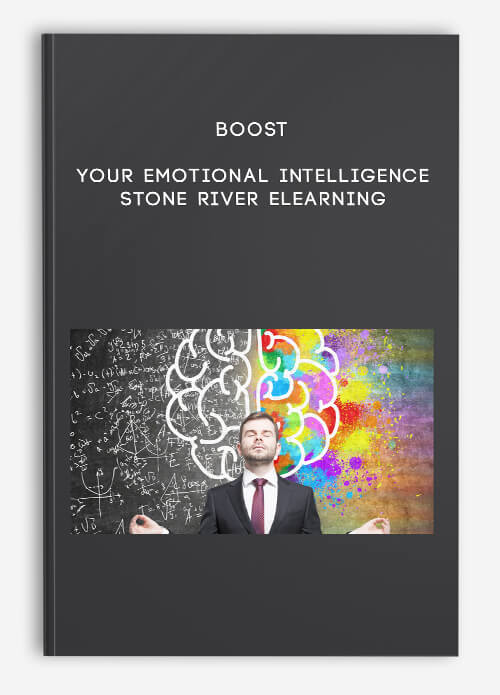
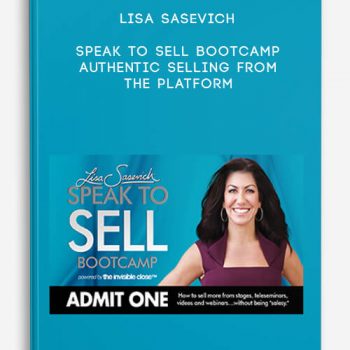


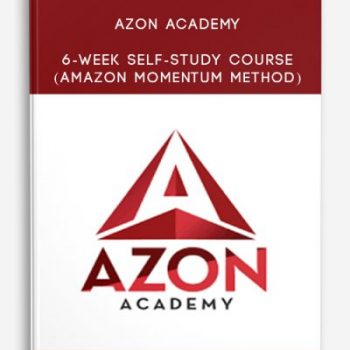
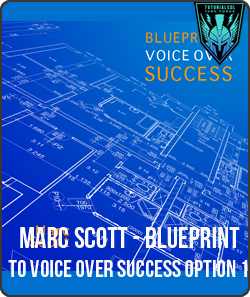




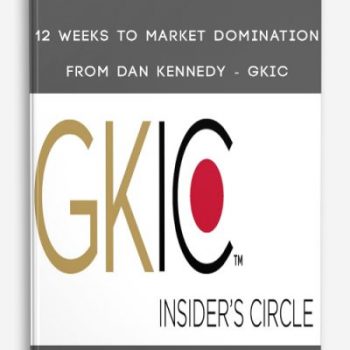
tristian –
This is Digital Download service, the course is available at Coursecui.com and Email download delivery.